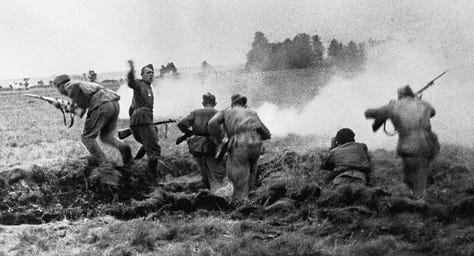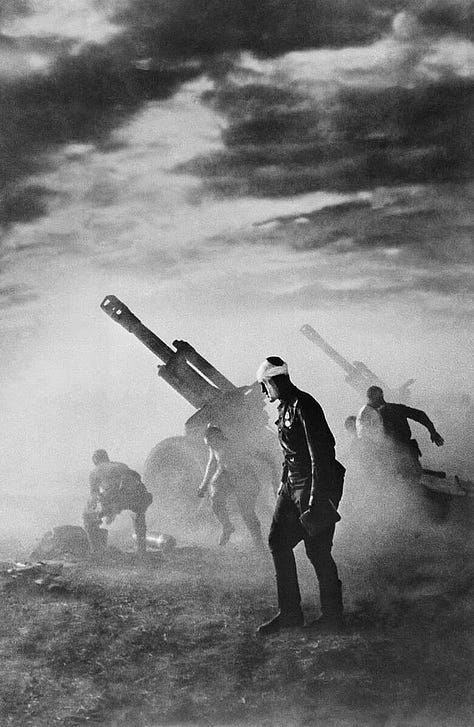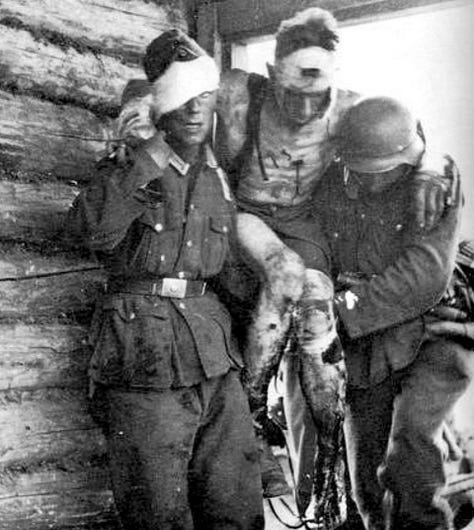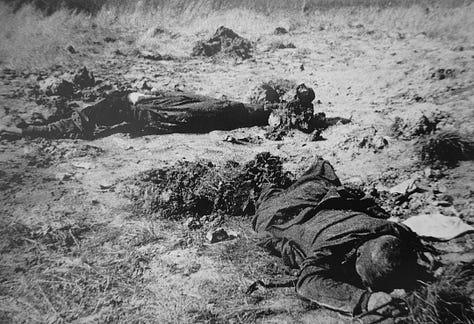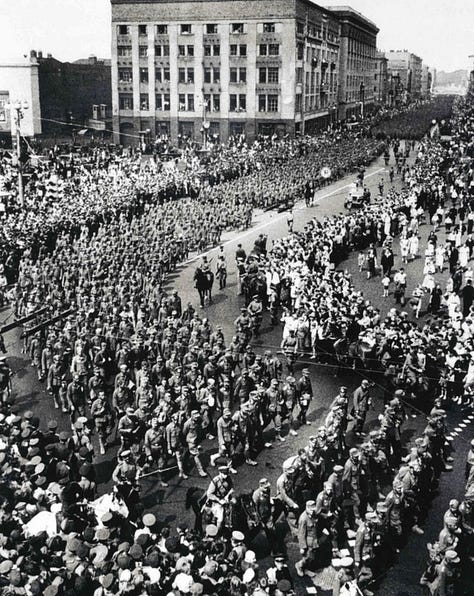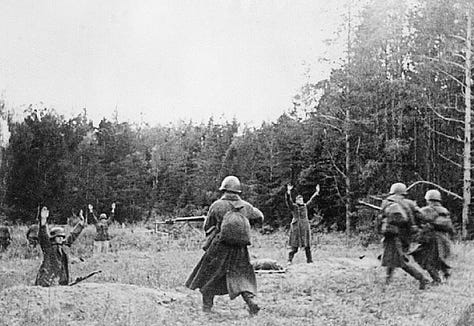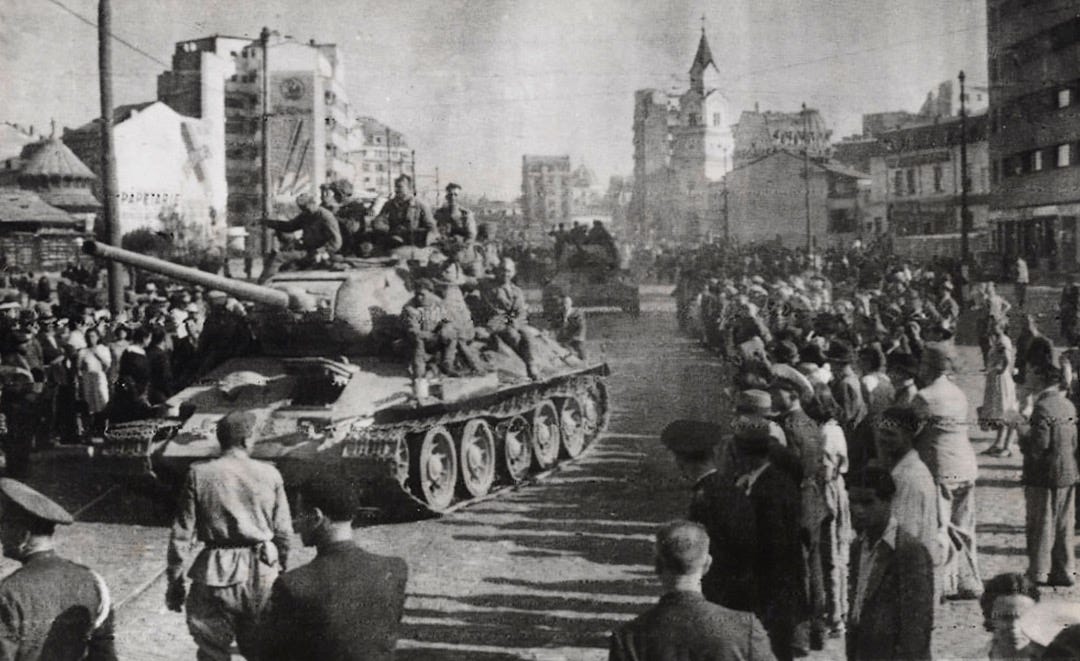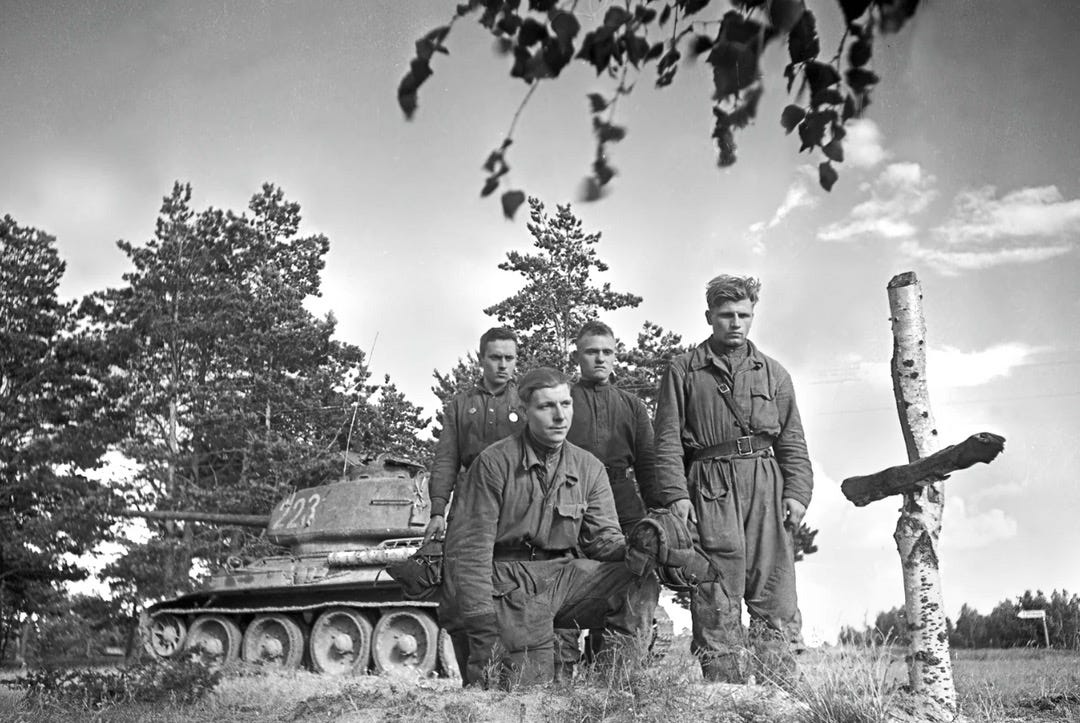I recently stumbled upon a collection of incredible photographs taken during the Soviet’s massive offensive of summer 1944 that drove through Belarus and into Poland. These were posted on Reddit by u/Iron_Cavalry.
A warning: these photographs are graphic, and fully capture the horror of the war on the eastern front.
Quick backgrounder
The Germans were in a defensive position on the eastern front by the spring of 1944. Soviet forces had already driven the fascists out of Ukraine and had pierced deep into Romania and Hungary. However, the Germans still held most of Belorus and the Baltic states in the north. Army Group Center was the largest military force the Germans still had, with nearly a million men, but only 118 tanks and 452 assault guns.
Operation Bagration (named after the Russian general who fought Napoleon in 1812) was an operation to destroy this group.
The Red Army mustered 2.5 million men and 6,000 tanks, plus an astonishing 10,000 aircraft. They brought 32,000 artillery guns and rocket launchers, a number that beggars belief. The Soviet high command, the STAVKA, planned the operation around the western Allies’ D-Day landings in France. The idea was to split the German defences both east and west.
The offensive was off to a late start due to logistical issues, and wasn’t able to start at the same time as D-Day in the west. STAVKA chose a symbolic date for the start of the offensive instead: June 22, 1944, three years to the day since the Nazi invasion of the Soviet Union. And while Operation Barbarossa was the largest military invasion in history, Operation Bagration would dwarf it. Bagration is, even today, unsurpassed in size and the numbers involved. It remains the largest operation in history.
The Soviet storm broke upon the Germans early in the morning on the 22nd, and steamrolled the Nazis. In a frantic month of constant action, the Red Army swept across Belarus and the Baltics, surrounding two German armies in the process. The Red Army then swept into Poland, where they discovered the Nazi death camps of Majdenek, Belzec, Sobibor, and Treblinka.
The offensive ended in early August as the Red Army outran its supply lines. Issues such as a change in the rail gauges, the Wermacht’s scorched earth strategy as it retreated, and general exhaustion of Soviet troops finally brought the offensive to an end. But it had destroyed the entire German army group, killed and captured nearly 800,000 German troops, and liberated eastern Poland from the Nazis.
Here are those photos of the operation.
